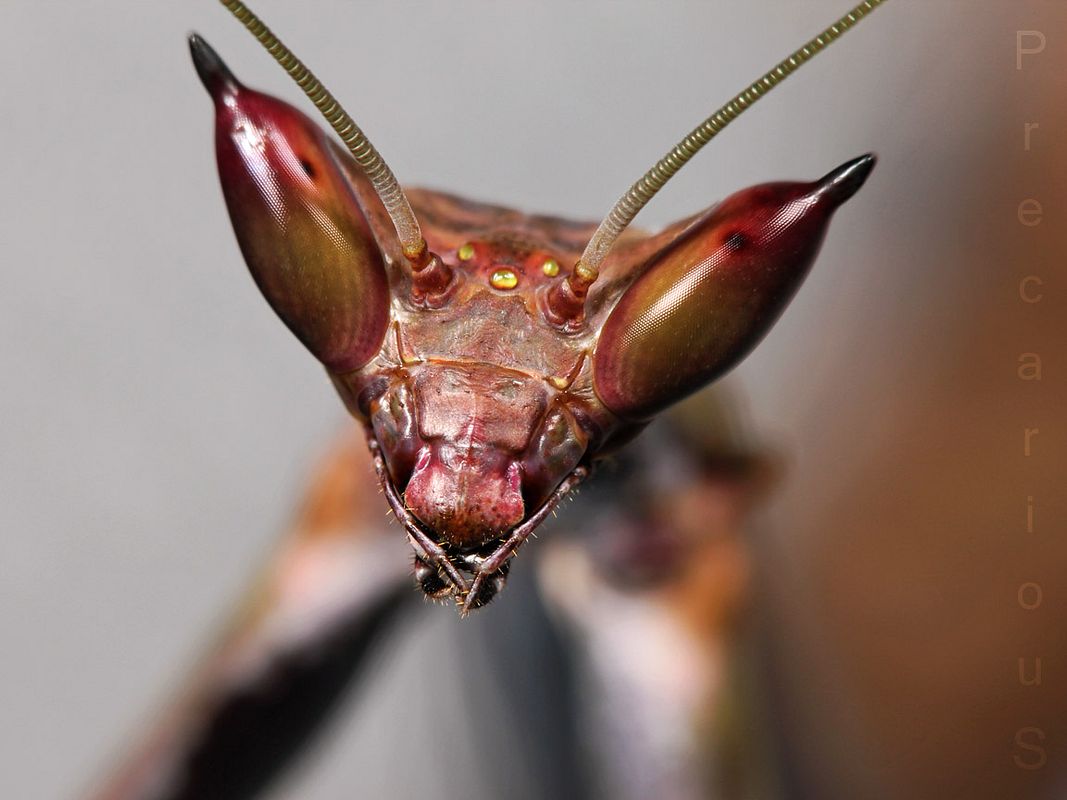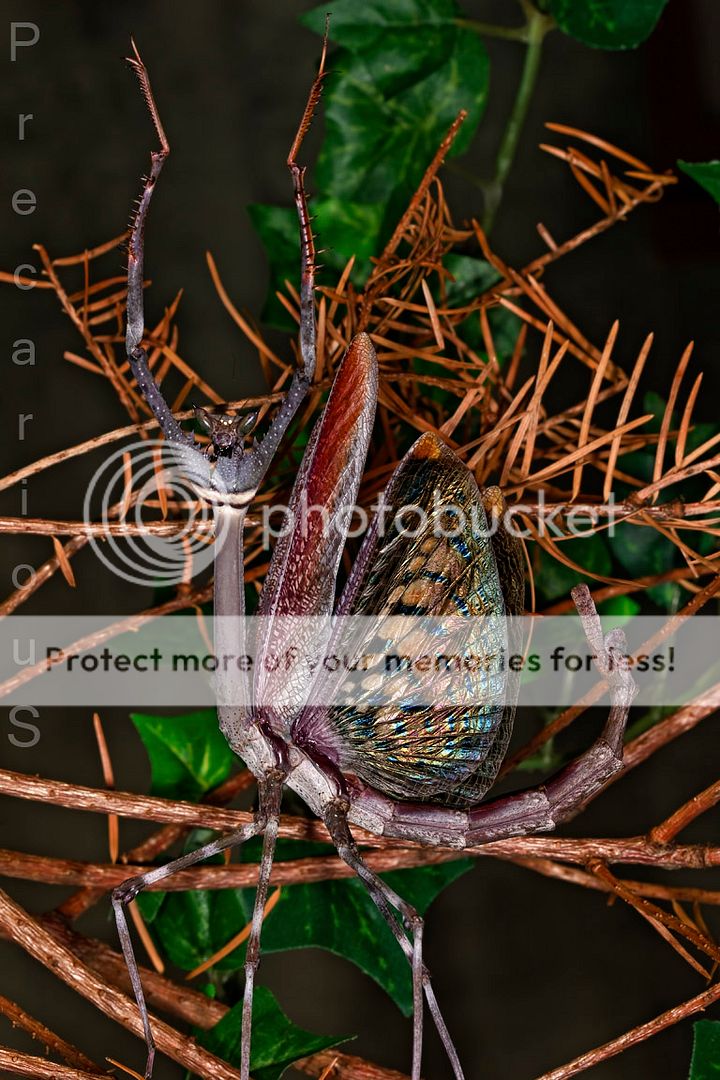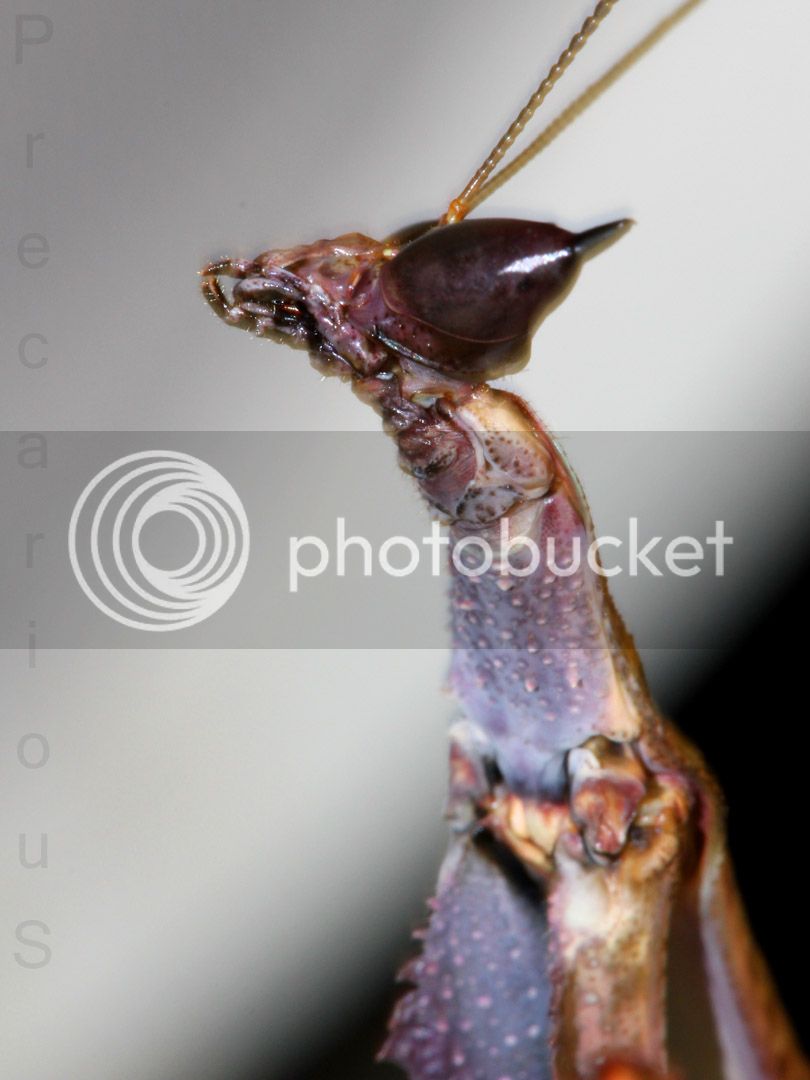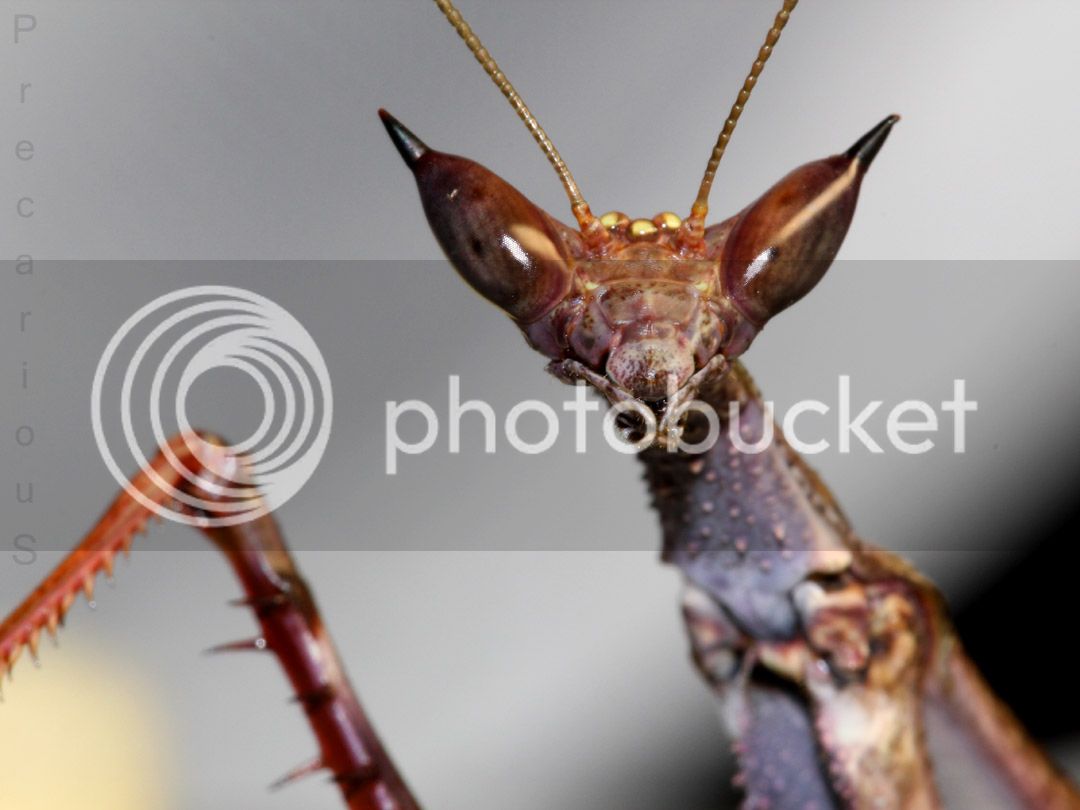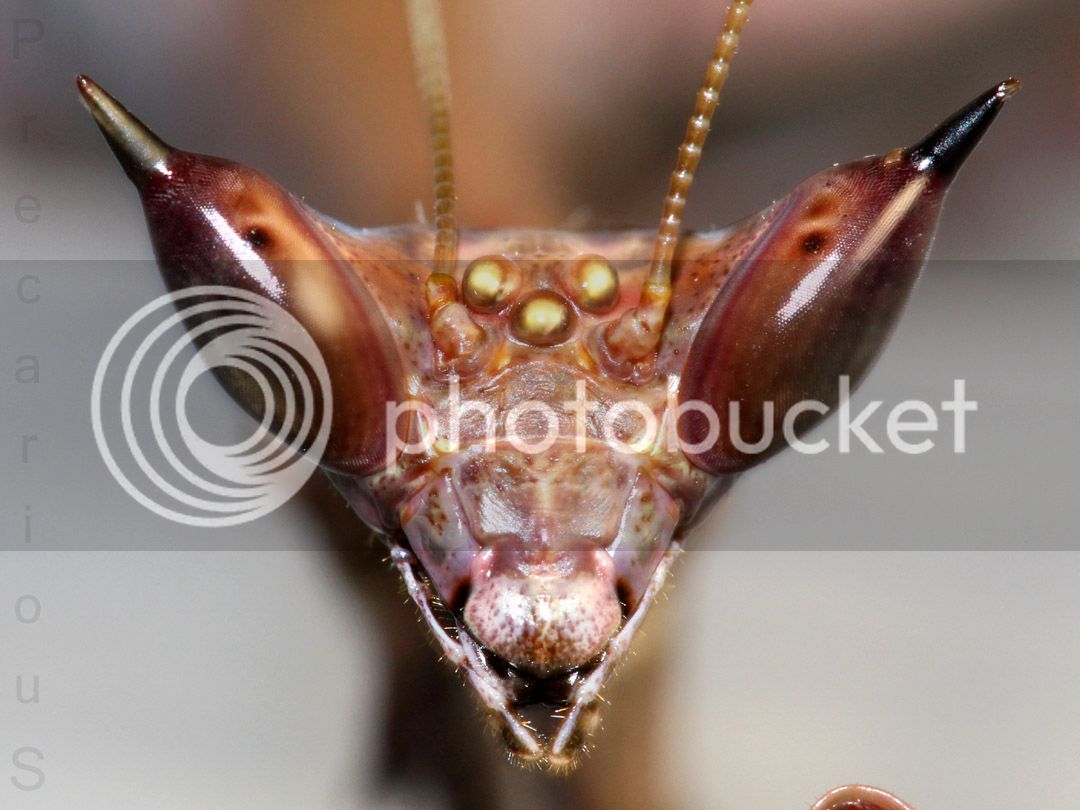Precarious
Well-known member
They are pretty cannibalistic at L1. They seem to prefer each other to feeders, maybe because they're so small and it's hard to get food to them. I had a lot of trouble with them and huge die off over the first few molts. Had never used springtails before and didn't give enough ventilation. I think I have better methods worked out now but Yen is the real master of this species. He was the source of the original ooths I got and had kept them in culture for many years but gave them up because nobody wanted them until I made the videos. By then it was too late.Oh yeah I meant to ask you about those, I was talking to you on YouTube about them LONG before I joined the forum.
How are they on the communal scale?
So because I didn't have many nymphs to work with after around L4-L5 I kept them separately but they would likely have been fine with each other. Tammy kept her together and I don't recall any cannibalism. I did end up keeping adults together without incident. The pair got along really well.













































